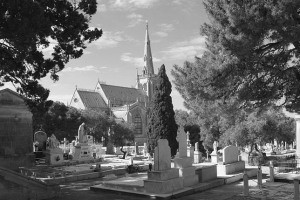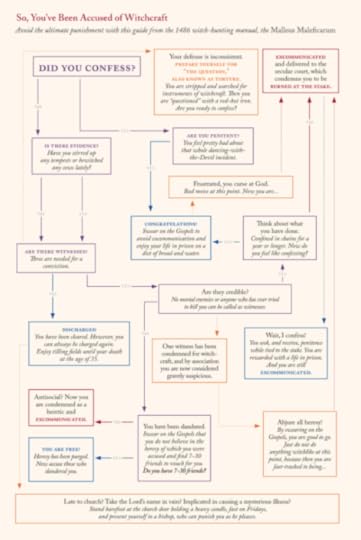Lenora Rogers's Blog, page 129
October 28, 2015
The Presence of Plath’s Mental Illness in “Edge”
 Originally posted on Writing on Women Writers:
Originally posted on Writing on Women Writers:
Sylvia Plath had a constant battle with mental illness from a young age, but persisted though her struggles of bipolar disorder until she took her own life.
“It was now February 11, and Sylvia Plath prepared to die. She left food and drink for her children in their room and opened a window. In the hallway, she attached a note with her doctor’s name and number to the baby carriage. She sealed the kitchen as best she could with tape, towels, an...
October 27, 2015
25 October 1940: Cemetery Under Bomber Path Closed to Public
 Originally posted on Malta: War Diary:
Originally posted on Malta: War Diary:
Malta – World War 2. First visit to maltagc70? CLICK HERE
Get daily updates direct to your computer – sign up to follow maltagc70 (see R)
ADDOLORATA CEMETERY OUT OF BOUNDS
Addolorata Cemeteryhas been closed to the public as a safety measure. Only priests and persons who are part of a funeral cortege will be permitted access for the foreseeable future.
The cemetery lies on a direct line between Grand Harbour and Luqa, placing it un...
The Witches of Islandmagee
 Originally posted on historywithatwist:
Originally posted on historywithatwist:
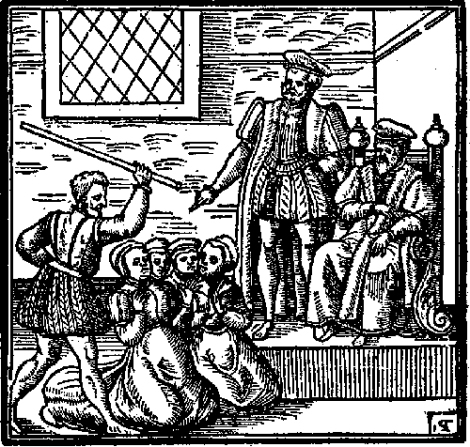 Illustration of witches, perhaps being tortured before James VI and I, from his Daemonologie (1597)
Illustration of witches, perhaps being tortured before James VI and I, from his Daemonologie (1597)
In this month of spooks and witches, we tend to laugh off the whole ‘demonic possession’ thing as a bit of a joke, but there was a time when accusing someone of witchcraft had very real and very dire consequences. What follows is all true, and revisits the last witchcraft trial to be held in Ireland.
It all began one night in September 1710, when Mrs A...
18th Century Hearing Aids
 Originally posted on All Things Georgian:
Originally posted on All Things Georgian:
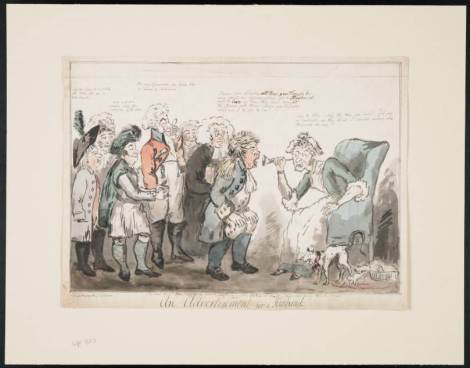 Courtesy of Lewis Walpole Library
Courtesy of Lewis Walpole Library
Hearing aids have made some quite dramatic progress since the Georgian era . Towards the end of the 18th century the use of an ear trumpet was commonplace, with collapsible ones being made on a one off basis for customers. Well known models of the period included the Townsend Trumpet (made by theJohn Townshend) and the Reynolds Trumpet (specially made for painter Joshua Reynolds) which funneled sound into the inner...
Transylvania Terrors (Creepy History 15)
 Originally posted on Windows into History:
Originally posted on Windows into History:
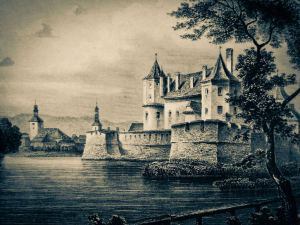 Fagaras Fortress, Transylvania (source: romaniadacia.wordpress.com)
Fagaras Fortress, Transylvania (source: romaniadacia.wordpress.com)
In 1888 Emily Gerard brought to the public attention the beliefs of people in Transylvania, in her book The Land Beyond the Forest, which was a major source of inspiration to Bram Stoker. The following quote from Gerard’s book illustrates where Stoker got some of his ideas:
More decidedly evil is the nosferatu, or vampire, in which every Roumanian peasant believes as firmly as he...
1415: The Battle of Agincourt
 Originally posted on tudors & other histories:
Originally posted on tudors & other histories:
On the 25th of October 1415, St Crispin’s day, Henry V fought valiantly against the French in what became one of the most significant battles of the One Hundred Years War and of his reign. But if we are to believe this narrative, we are ignoring all the facts. The truth is that Henry’s army was sick and tired. Most of them were hungry as well, and the capitulation of the town of Harfleur (who had no choice but to give in to Henry’s demands) did...
The Official Legs of California Ballet, Revealed!
 Originally posted on California Ballet Company's Blog:
Originally posted on California Ballet Company's Blog:

You’ve seen the legs all over town in San Diego. They’re on billboards. They’ve been online. They’ve been in the newspaper. Perhaps you went to see a production at The Old Globe or the San Diego Civic Theatre, opened the program . . . and there they were: legs in mid-Charleston proclaiming that The Great Gatsby is coming to San Diego!
Did you ever wonder to whom those legs might belong?
It is our pleasure to introduce the Official Le...
Malleus Maleficarum: Good times, then and now
 Originally posted on The Cotton Boll Conspiracy:
Originally posted on The Cotton Boll Conspiracy:
Above is a flow chart detailing the precarious pathfor those accused of witchcraft,as outlined inthe Malleus Maleficarum.
The Malleus Maleficarum, translated into English as “Hammer of the Witches,”is treatise on the prosecution of witches written in 1486 by Heinrich Kramer, a German Catholic clergyman.
Interestingly, just three years the publication of Malleus Maleficarum, the Catholic Church condemned it as false. A half century later the S...
Turnip Ghosts
 Originally posted on streetsofsalem:
Originally posted on streetsofsalem:
There is a great quote from the prolific and eminently quotable British writer G. K Chesterton about ghosts–or reallybelief– in general which references turnip ghosts in particular: I am quite ready to believe that a number of ghosts were merely turnip ghosts, elaborately prepared to deceive the village idiot. This is from a column in theIllustrated London News in 1936: the assumption is that his audience would immediately understand the phrase “turnip gh...
October 26, 2015
History Of Halloween
 Originally posted on Halloween:
Originally posted on Halloween:
HISTORY OF HALLOWEEN – JACK O’ LANTERN
Approximately 2000 years ago, a tradition began which has carried on throughout the ages – until present day. This custom is known as Halloween (shortened from the original ‘All Hallows’ Even’, to All Hallows’ Eve). This originated in northern Europe, especially in the Uk and Northern France by a culture of pagan people, who occupied these regions – known as the Celts and Scottish Gaelic’s.
View original 641 more words
...


